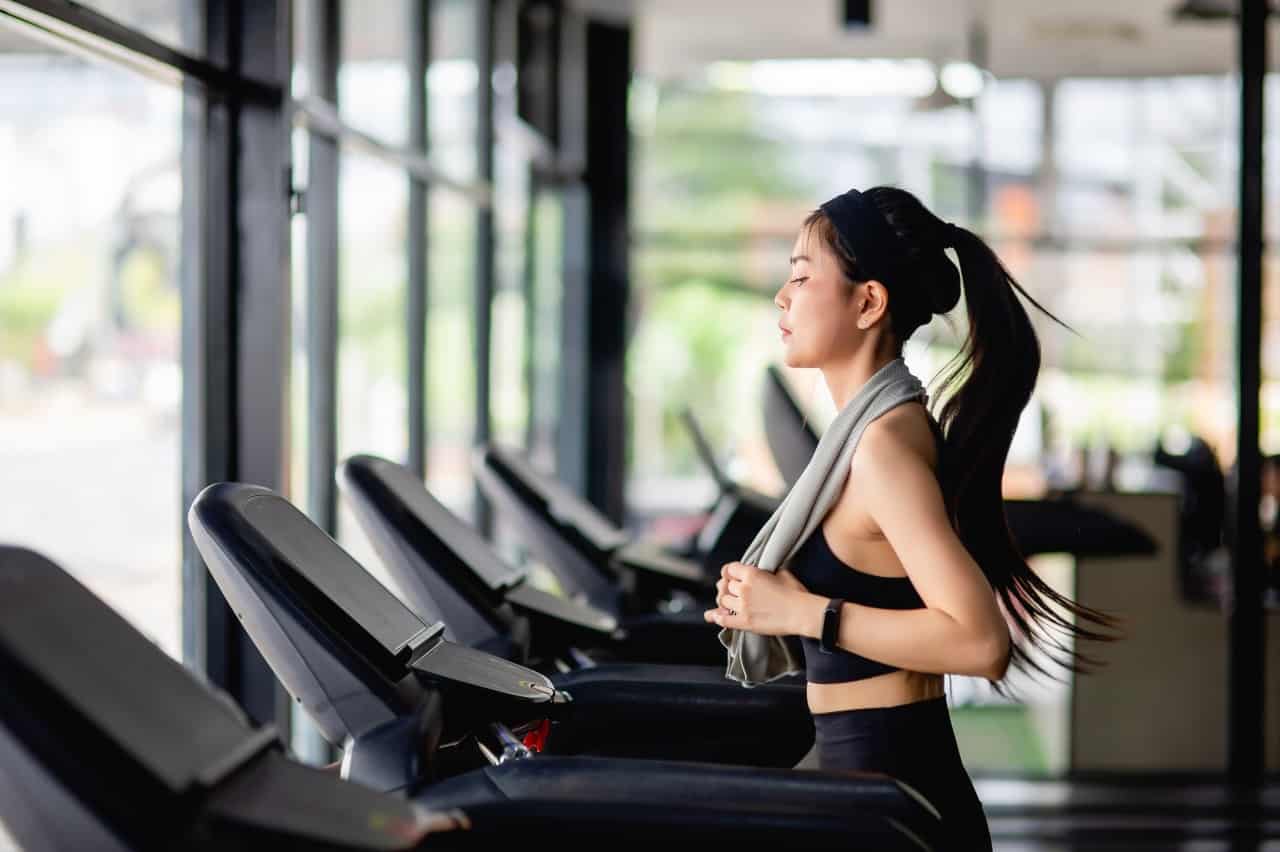Fitness does not begin and end at the gym. Nutrition plays an equally important role in results, recovery, and overall wellness. In Singapore, where food is both a cultural identity and a daily joy, the best gym in Singapore recognises that success comes from aligning training with local eating habits rather than ignoring them.
While international diet trends often highlight Western meals like protein shakes, grilled chicken, or avocado salads, Singaporeans have unique preferences shaped by hawker centres, kopi culture, and traditional family dining. The key is not to replace these traditions but to adapt them, ensuring that members enjoy both their food and their fitness journey.
Why Pre- and Post-Workout Meals Matter
The body’s ability to perform and recover depends on proper fuelling. Eating too little before training can lead to fatigue, while eating the wrong food afterwards can delay recovery.
-
Pre-workout nutrition provides energy and focus.
-
Post-workout meals replenish glycogen, repair muscles, and reduce soreness.
-
Balanced timing ensures nutrients are absorbed when the body needs them most.
The best gym in Singapore educates members on the importance of meal timing so that every workout produces maximum benefits.
Local Pre-Workout Options That Work
Pre-workout meals should be light, easy to digest, and rich in carbohydrates for quick energy. In Singapore, there are several local favourites that fit this purpose.
-
Kaya toast with wholemeal bread: A simple option that provides energy without being too heavy.
-
Banana or papaya from a fruit stall: Quick natural sugars that boost endurance.
-
Soft-boiled eggs at a kopi stall: A balance of protein and fat for sustained energy.
-
Rice porridge: Popular in many Asian households, it offers slow-releasing carbs that fuel longer workouts.
These local foods show how fitness can be integrated into existing lifestyles without forcing people to adopt completely foreign diets.
Smart Post-Workout Meals in Singapore
After exercise, the body needs protein to repair muscles and carbohydrates to restore energy. Fortunately, Singapore’s diverse cuisine offers plenty of options.
-
Hainanese chicken rice (less skin, more lean meat): High in protein, easily available, and satisfying.
-
Yong tau foo with more vegetables and tofu: A great mix of lean protein and micronutrients.
-
Thunder tea rice: A healthy, fibre-rich choice with herbs, nuts, and vegetables.
-
Brown rice bee hoon with eggs and vegetables: Provides complex carbs and proteins without excess oil.
By learning how to choose wisely, members can still enjoy hawker centre meals while staying on track with their goals.
Nutrition Education as Part of Gym Experience
The best gym in Singapore does not leave nutrition to chance. It integrates guidance into the overall fitness journey.
-
Workshops and seminars: Covering topics like “Eating Well at Hawker Centres” or “Protein Needs for Busy Professionals.”
-
Personalised meal advice: Trainers and nutritionists help members plan based on their lifestyle.
-
Community recipe sharing: Encouraging members to swap ideas for healthy versions of local favourites.
This focus on practical, culturally relevant education makes nutrition easier to sustain long term.
How Food Culture and Social Life Affect Fitness
In Singapore, eating is more than sustenance, it is social bonding. From family dinners to late-night suppers with friends, food is woven into daily life. The best gym in Singapore helps members navigate these situations without guilt.
-
Mindful eating strategies: Choosing smaller portions during feasts.
-
Active lifestyle balance: Encouraging walking or light activity after heavy meals.
-
Flexible diet plans: Allowing indulgence while maintaining overall balance during the week.
By respecting the cultural role of food, gyms make fitness inclusive and enjoyable rather than restrictive.
Role of Technology in Nutrition Guidance
Modern gyms now use technology to bridge fitness and food choices. Apps track calories, suggest healthier local alternatives, and monitor hydration. Some gyms even integrate wearable data with personalised nutrition advice. TFX leverages digital tools that help members log meals and align them with training programmes, creating a complete approach to fitness.
Building a Sustainable Relationship with Food
The ultimate goal is to create habits that last. Quick fixes like extreme diets may produce short-term results but are unsustainable in Singapore’s vibrant food environment. Instead, the best gym in Singapore encourages balance, moderation, and long-term planning. Members learn that they do not need to give up laksa or nasi lemak entirely, but can enjoy them occasionally while prioritising nutrient-dense meals most of the time.
FAQs
Q. Can hawker food really be part of a fitness-friendly diet?
A. Yes. By choosing lean protein options, reducing excess oil, and balancing portions, hawker food can absolutely fit into a healthy routine.
Q. What is the ideal time to eat before a workout?
A. Ideally 60–90 minutes before training. A light snack like fruit can be eaten 30 minutes prior if needed.
Q. Do I need protein shakes if I already eat local meals?
A. Not necessarily. Protein shakes are convenient, but local foods such as chicken, tofu, fish, and eggs provide adequate protein when planned correctly.
Q. How can I avoid overeating during festive seasons in Singapore?
A. Practise mindful eating, prioritise protein and vegetables, and stay active during the festive period to balance indulgence.
Q. Are pre- and post-workout meals different for weight loss and muscle gain?
A. The timing is similar, but the portion sizes and calorie levels differ. For weight loss, meals should be lighter, while for muscle gain, more calories and protein are needed.

